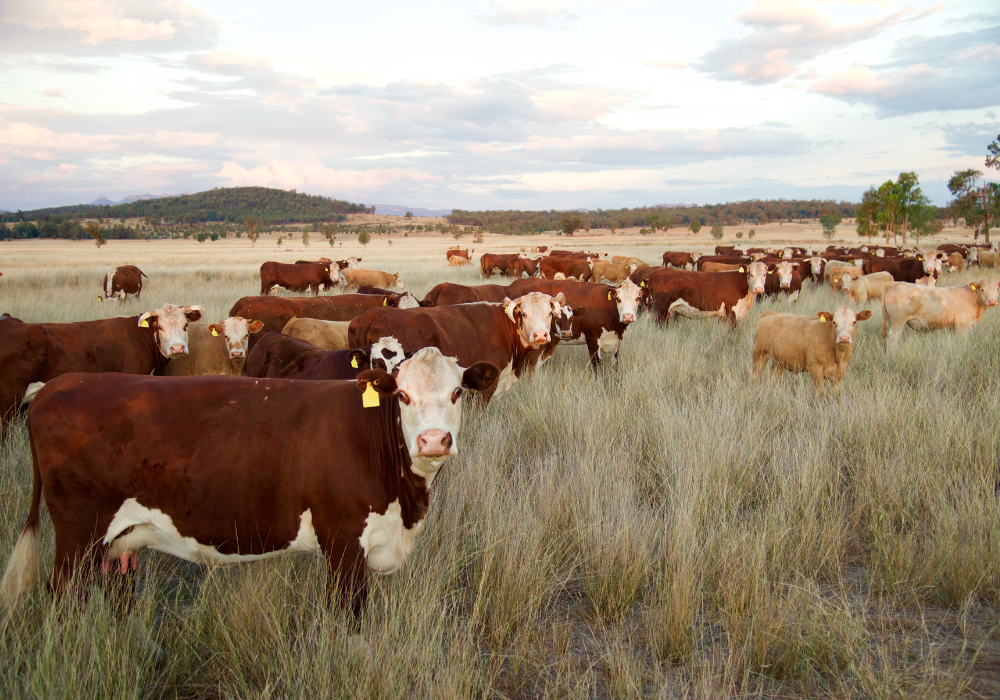The Complex Relationship Between Livestock, GHG Emissions, and Land Use

In an era defined by growing environmental concerns and a rising global population, the food and drink industry finds itself at a critical crossroads. Among the myriad of challenges it faces, one of the most pressing is the need to address greenhouse gas (GHG) emissions and the environmental impacts of livestock production.
Livestock and GHG Emissions: The Connection
Livestock farming, particularly cattle, plays a substantial role in global GHG emissions. Contributing approximately 14.5% of all human induced GHG emissions the livestock sector is a significant driver of climate change. How does this happen?
- Methane Emissions: Enteric fermentation, a natural digestive process in cattle and other ruminant animals, produces methane, a potent GHG. This methane is released through belches, and it’s a major contributor to agriculture-related emissions. Methane has a global warming potential many times greater than that of carbon dioxide (CO2) over the short term.
- Deforestation and Land Use Change: To meet the demand for livestock production, vast areas of forests are cleared to create grazing lands and cultivate animal feed crops like soy. This deforestation not only releases stored carbon but also reduces the planet’s ability to absorb CO2, further exacerbating the GHG problem.
The Land Use Conundrum
The environmental toll of livestock extends beyond emissions, unsustainable farming practices contribute to a host of other environmental concerns such as;
- Habitat Loss: The expansion of pasturelands and croplands for animal feed often leads to habitat destruction and threatens biodiversity. As more land is cleared for livestock, it leaves less space for diverse ecosystems.
- Water Usage: Livestock agriculture is incredibly water-intensive. It’s estimated that producing one pound of beef requires around 1,800 gallons of water, contributing to water scarcity issues in many regions.
- Soil Degradation: Overgrazing and improper land management practices can lead to soil erosion and degradation, reducing its ability to support vegetation and store carbon.
Sustainable Solutions for the F&D Industry
The F&D industry, along with the agricultural sector, holds a critical role in addressing these challenges. Here are some sustainable solutions:
- Reducing Meat Consumption: Encouraging consumers to adopt more plant-based diets can significantly reduce the demand for livestock farming and mitigate GHG emissions.
- Sustainable Farming Practices: Promoting practices like rotational grazing, agroforestry, and precision agriculture can help reduce the environmental impact of livestock farming.
- Alternative Proteins: Embracing innovations like plant-based and cell-based proteins can provide consumers with protein-rich alternatives that have a lower carbon footprint.
- Efficiency Improvements: Enhancing the efficiency of livestock farming, such as improving feed quality and animal genetics, can reduce emissions per unit of meat produced.
In conclusion, the relationship between livestock, GHG emissions, and land use is complex and multifaceted. Professionals in the food and drink industry must recognize their role in mitigating these environmental challenges. By promoting sustainable practices, encouraging dietary shifts, and embracing innovative solutions, we can work towards a more sustainable and resilient food system that benefits both people and the planet.
